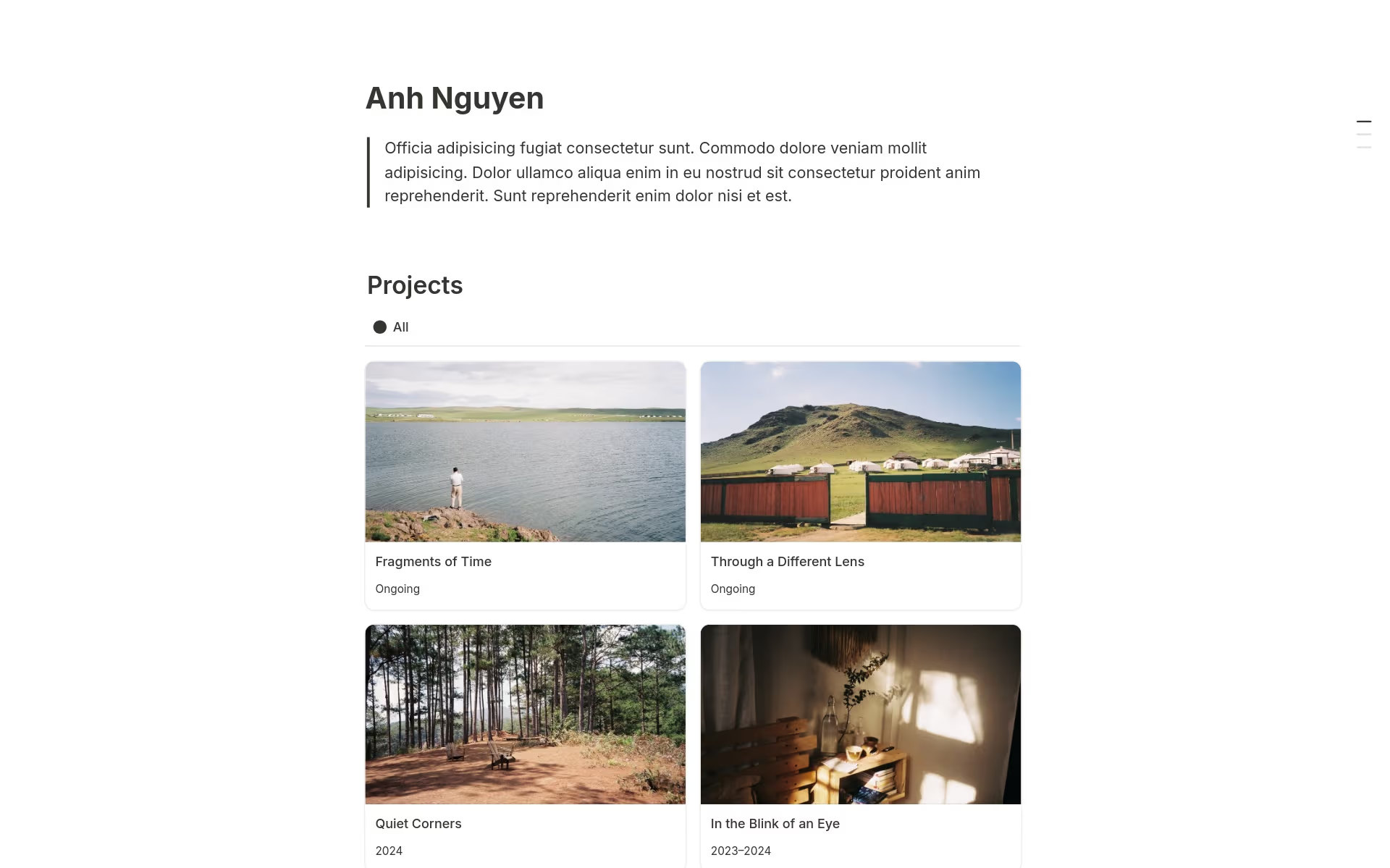Competitive analysis supports product designers in understanding their market position by evaluating competitor products, strategies, and customer feedback. It provides insights into industry trends, highlights gaps in the market, and identifies areas of improvement for your own product. A Competitive Analysis Notion template simplifies this process, offering a structured approach for gathering, organizing, and analyzing competitor information, thereby enhancing decision-making for product development and strategy. Before you start crafting your Competitive Analysis template, consider exploring the templates below to streamline your efforts.
What Should Competitive Analysis Templates Include?
Choosing the right Competitive Analysis Template can streamline your market research and provide valuable insights into your competitors. Here are key components to look for in an effective template:
Market Overview: This section should provide a comprehensive view of the current market environment, highlighting key players and market trends.
Competitor Benchmarking: Essential for comparing your product features, pricing, and strategies directly against your competitors.
SWOT Analysis: A detailed SWOT (Strengths, Weaknesses, Opportunities, Threats) analysis of competitors helps in understanding potential advantages and risks.
Consumer Feedback Analysis: This should include tools or methods to gather and analyze customer feedback on your competitors’ products.
Selecting a template that comprehensively covers these aspects will ensure you have a robust framework for your competitive analysis, aiding in strategic decision-making.
What Should Competitive Analysis Templates Avoid?
Choosing the right competitive analysis template is crucial for effective product design. It's important to know what features can hinder rather than help your analysis.
Overly Complex Metrics: Avoid templates that include too many detailed metrics which can complicate the analysis and obscure key insights.
Non-Customizable Fields: Templates that do not allow customization can prevent you from focusing on specific aspects relevant to your product's market.
Irrelevant Competitor Information: Steer clear of templates that emphasize data on competitors that do not align with your product's direct market segment.
Choosing a template that avoids these pitfalls will streamline your competitive analysis, ensuring it is both efficient and relevant.




